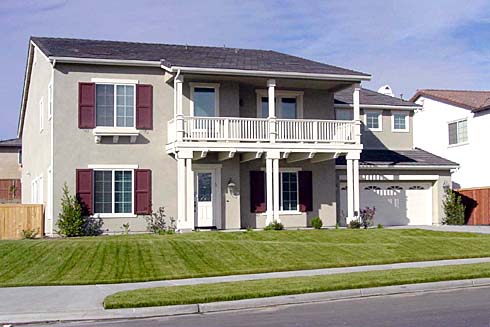VARIABLE-RATE MORTGAGE (VRM)
Navigating the Waves of Real Estate Financing: Unraveling the Variable-Rate Mortgage (VRM)
Introduction:
Understanding Variable-Rate Mortgages (VRMs):
Variable-Rate Mortgages, often known as adjustable-rate mortgages, distinguish themselves from traditional fixed-rate mortgages by featuring interest rates that may be adjusted at regular intervals. In the case of VRMs, this adjustment occurs every six months throughout the term of the loan. This adaptability to market conditions provides both opportunities and challenges for homeowners.
Key Features of VRMs:
Six-Month Interest Rate Adjustments:
Unlike fixed-rate mortgages that lock in a constant interest rate for the entire loan term, VRMs introduce a dynamic element. Every six months, the interest rate on the mortgage is subject to adjustment, reflecting changes in economic conditions, interest rate indices, and other relevant factors.
Rate Increase Restrictions:
VRMs come with built-in safeguards to protect homeowners from drastic interest rate hikes. The terms of many VRMs specify that rate increases are restricted to a certain percentage per year, commonly denoted as X points, and a maximum of 2X points over the entire term of the loan. This limitation provides a level of predictability for borrowers, preventing sudden and significant spikes in monthly payments.
Pros and Cons:
Pros:
Initial Affordability:
VRMs often start with lower initial interest rates, making homeownership more accessible.
Potential Cost Savings:
In periods of declining interest rates, borrowers may benefit from lower payments.
Rate Increase Limits:
Built-in restrictions protect borrowers from excessive rate hikes.
Cons:
Payment Uncertainty:
Fluctuating interest rates can lead to variations in monthly payments, introducing uncertainty for budgeting.
Risk of Rate Increases:
In rising interest rate environments, homeowners may experience higher payments over time.
Real-Life Considerations:
Before opting for a VRM, prospective homebuyers should carefully assess their risk tolerance, financial stability, and long-term plans. Understanding the specific terms and rate increase limits of the VRM is crucial for making informed decisions. Seeking guidance from financial advisors and mortgage professionals ensures that homeowners are well-prepared for potential changes in their mortgage payments.
Real-Life Considerations:
Before opting for a VRM, prospective homebuyers should carefully assess their risk tolerance, financial stability, and long-term plans. Understanding the specific terms and rate increase limits of the VRM is crucial for making informed decisions. Seeking guidance from financial advisors and mortgage professionals ensures that homeowners are well-prepared for potential changes in their mortgage payments.
Conclusion:
The Variable-Rate Mortgage stands as a testament to the adaptability and innovation within the real estate financing landscape. As homeowners navigate the complexities of mortgage options, understanding the dynamics of VRMs empowers them to make informed choices aligned with their financial goals. In an environment where market conditions can shift, VRMs provide a flexible solution for those seeking a dynamic approach to homeownership.
MORE REAL ESTATE TERMS
A, B, C, D, E, F, G, H, I, J, K, L, M, N, O, P, Q, R, S, T, U, V, W, X, Y, Z
Featured New Home

Featured Mortgage Brokers
- Altamont Mortgage Funding Inc, mortgage broker in Portland, OR
4380 SW Macadam Ave Ste 125
Portland, OR 97239 - PRIMELENDING A PLAINSCAPITAL COMPANY, INDIANAPOLIS, IN
50 E 91ST ST STE 300
INDIANAPOLIS, IN 46240 - WESTSTAR MORTGAGE CORP, TUMWATER, WA
2620 R W JOHNSON RD SW # 104
TUMWATER, WA 98512 - GUARANTEED RATE INC, PARSIPPANY, NJ
322 ROUTE 46 STE 170
PARSIPPANY, NJ 7054 - LEGACYTEXAS BANK, PLANO, TX
5000 LEGACY DR FL 1
PLANO, TX 75024